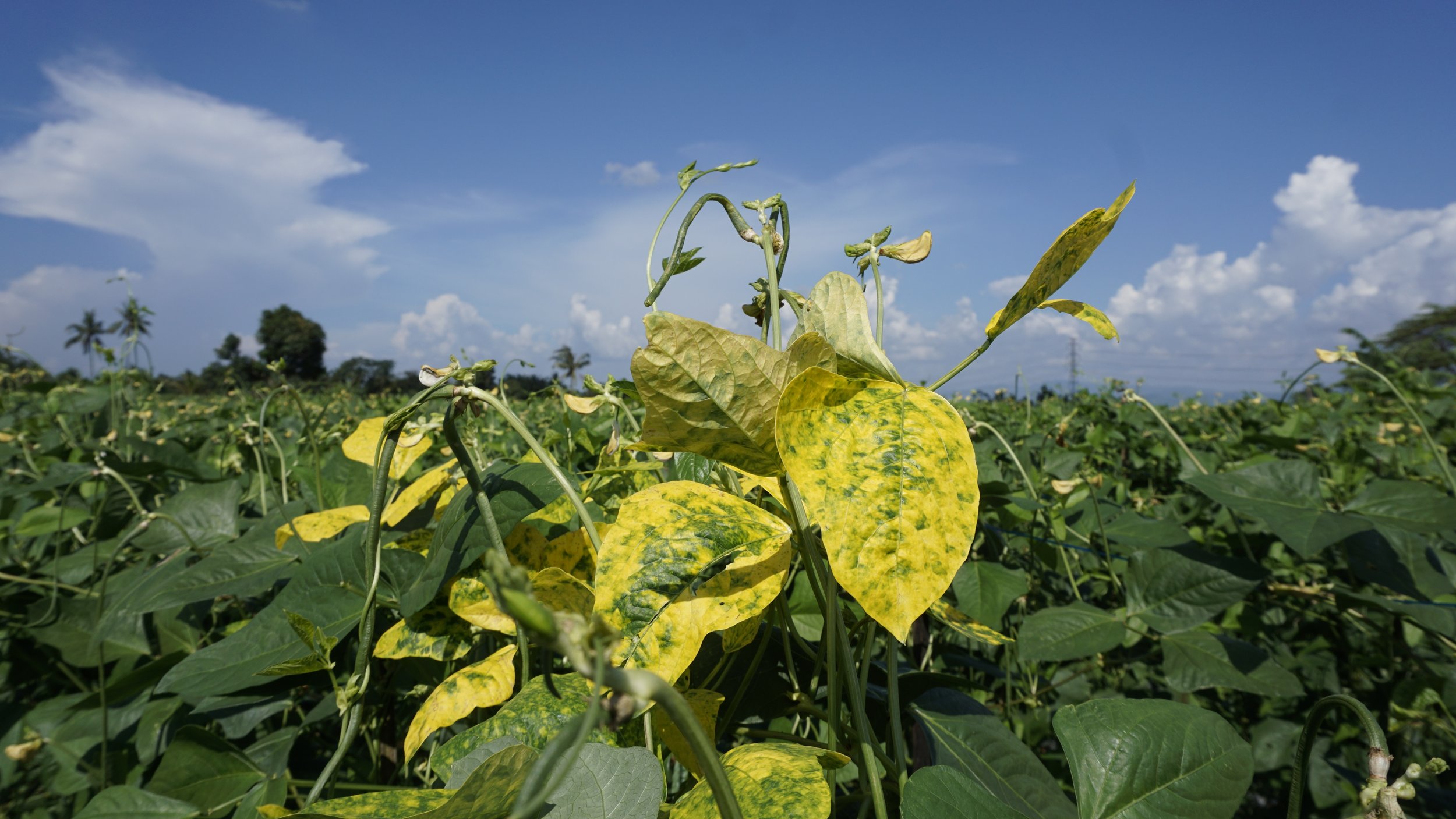Crafting Antibacterial Nanoparticles from Plant Extracts

Scientists have achieved a significant breakthrough by utilising the noni plant, known as Morinda citrifolia, widespread in Asia, to develop an eco-friendly process for creating copper oxide nanoparticles. These nanoparticles are notable for their ability to kill bacteria, and their antibacterial strength is influenced by several factors, including their size, structure, and the concentration of copper oxide present.
This study area has captivated biochemists who are investigating various methods to produce these particles. Traditional techniques have depended on chemical and physical processes, often involving hazardous substances, leading to a shift towards biological methods. These greener methods involve deriving nanoparticles from natural sources such as plants, bacteria, and fungi, providing a safer alternative.
A collaborative effort by researchers from RUDN University and their international colleagues from India, Korea, and Saudi Arabia has introduced this novel method, which is detailed in Scientific Reports. Alexandre Vetcher, PhD, the Deputy Director of the Nanotechnology Center at RUDN University, highlighted the significance of this discovery by saying, "Copper oxide nanoparticles are of interest in many areas of science. Biosynthetic nanoparticles are produced through biological processes from bacteria, fungi, or plant extracts. The importance of such nanoparticles lies in their potential for sustainable, effective, and biocompatible solutions in health care and environmental protection, as well as in materials science and energy."
The noni plant flourishes in the South Pacific and is crucial in this research. The scientists extracted substances from the plant's leaves and mixed them with a copper sulfate solution, using sodium hydroxide as a catalyst. This process led to the formation of copper oxide nanoparticles, with the noni extract serving to stabilise these particles. These nanoparticles' efficacy in fighting gram-positive and gram-negative bacteria and various fungi were tested, comparing their effectiveness to the broad-spectrum antibiotic chloramphenicol.
The research yielded stable, spherical copper oxide nanoparticles with sizes ranging from 20 to 50 nanometers. These nanoparticles were effective against multiple bacterial strains, such as Bacillus subtilis, Escherichia coli, Staphylococcus aureus, and fungi including Aspergillus flavus, Aspergillus niger, and Penicillium frequentans. The nanoparticles synthesised from solutions with 25 microliters of noni extract concentration showed enhanced antibacterial activity comparable to chloramphenicol.
Dr Vetcher further elaborated on the potential uses of these nanoparticles, stating, "The resulting copper oxide nanoparticles can be used in biomedicine, the production of fuel cells, batteries, and food storage. However, more research is needed to minimise toxicity while maintaining biological effectiveness. This will contribute to the biomedical use of particles." This insight underscores these nanoparticles' wide range of applications and highlights the need for further research to ensure their safe and effective use in various fields. The findings from this study not only mark a step forward in the synthesis of nanoparticles but also emphasise the importance of sustainable and environmentally friendly approaches in scientific endeavours.
Author
Kate Sivess-Symes
Content Producer and Writer





